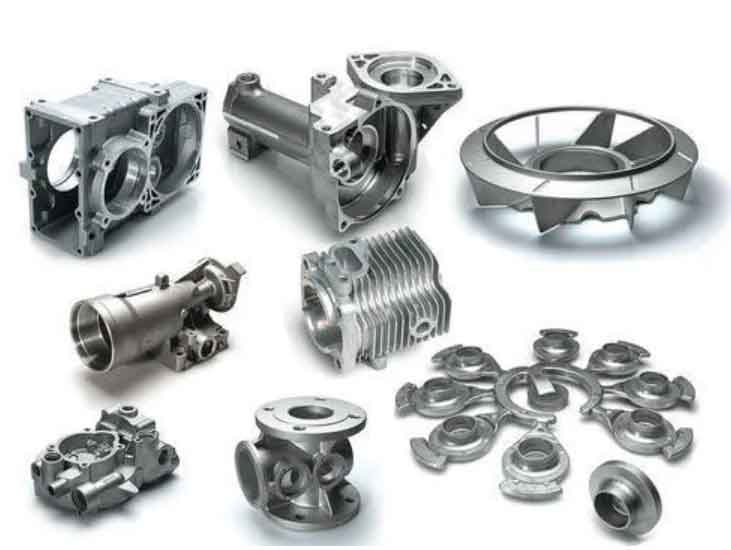The life cycle of gray cast iron involves several stages, starting from the extraction of raw materials to the final use and potential recycling. Let’s explore the life cycle of gray cast iron in the context of its application in construction:

- Raw Material Extraction: The first stage in the life cycle of gray cast iron involves the extraction of raw materials. Iron ore, along with other additives such as scrap iron and coke, is mined and processed to produce pig iron. Pig iron is then further refined and alloyed to produce gray cast iron.
- Foundry Production: In the foundry, the gray cast iron is melted in a furnace and poured into molds to produce castings. The casting process involves the creation of molds using sand or other refractory materials. The molten iron is poured into the molds and left to solidify. Once solidified, the castings are removed from the molds and undergo various finishing processes such as grinding, machining, and surface treatment.
- Component Manufacturing: After the castings are finished, they are used for manufacturing various components in the construction industry. This can include manhole covers, pipe fittings, structural components, and other infrastructure elements. The castings are integrated into the construction projects according to their specific applications and requirements.
- Installation and Use: The components made from gray cast iron are installed as part of construction projects such as buildings, bridges, drainage systems, and road infrastructure. They are utilized for their strength, durability, and other properties that ensure the reliability and longevity of the infrastructure.
- Maintenance and Repair: Throughout the operational life of the infrastructure, regular maintenance and repair activities may be required. This can involve the replacement or repair of gray cast iron components to ensure their continued functionality and safety.
- End of Life and Recycling: Eventually, gray cast iron components may reach the end of their useful life due to wear, damage, or infrastructure redevelopment. At this stage, the cast iron components can be recycled. Gray cast iron is highly recyclable, and the castings can be melted down and reused to produce new castings or other iron-based products. Recycling helps reduce the demand for new raw materials and contributes to sustainable manufacturing practices.
The life cycle of gray cast iron demonstrates its longevity and potential for recycling, making it a sustainable choice for construction applications. By implementing efficient recycling practices and incorporating recycled gray cast iron into new projects, the environmental impact associated with the production and disposal of gray cast iron components can be minimized.
